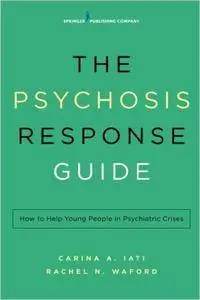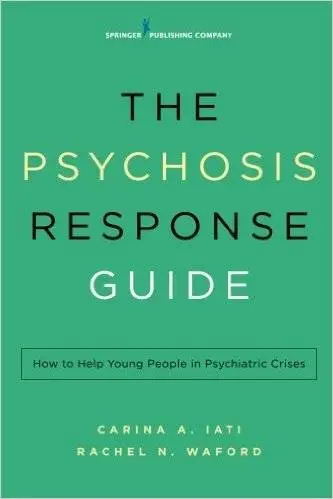The Psychosis Response Guide: How to Help Young People in Psychiatric Crises by Carina A. Iati PsyD and Rachel N. Waford PhD
English | 2015 | ISBN: 0826124372 | 178 pages | PDF | 1,7 MB
English | 2015 | ISBN: 0826124372 | 178 pages | PDF | 1,7 MB
‚"Approaching the issue of psychosis from a staged, public health approach has momentum nationally. How to understand and intervene in the early stages is a compelling challenge. This book is a comprehensive, readable resource for teachers, physicians, and others to help them understand this important issue.‚"
‚Ken Duckworth, MD, Medical Director, National Alliance on Mental Illness
In recent years, there has been increasing attention given to young people with emerging psychotic illness, both in media coverage of current events aswell as in policies and movements toward providing specialized services to this vulnerable population. This concise, accessible guide for helpingprofessionals without training in psychosis intervention is a quick reference for identifying and intervening with a person experiencing a first psychoticepisode. It guides helping professionals in how to identify a possible psychotic episode, how to interact compassionately and effectively with theindividual, and how to make appropriate referrals toward proper treatment.
Free of jargon and unfamiliar medical terminology, this how-to resource offers clear guidelines for detecting possible psychosis, advice on how to provideimmediate care for the at-risk individual, and specific actions to take depending on the severity of the crisis. With a focus on adolescents and young adults—the most “at-risk” population for initial psychotic episodes—the book offers quick-access information for a wide range of professionals ineducational and community health settings, including school personnel, counselors, social workers, law enforcement professionals, and primary careproviders. Also included is a brief review of research supporting early intervention strategies. This guide is valuable as a reference for immediate accessto information or can be read from start to finish to increase knowledge and preparedness for a variety of situations.
Key Features:
Addresses a critical need for early identification of young people who are experiencing a first psychotic episode and describes how to help them
Presents information clearly, succinctly, and accessibly for nonspecialists
Stresses the need to make appropriate referrals to qualified individuals
Written for a wide range of helping and other professionals in educational and community settings
Authored by clinicians highly experienced in working with individuals with psychosis



